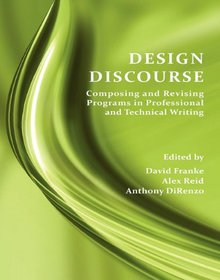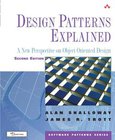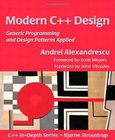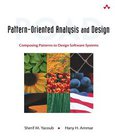Design Discourse
Composing and Revising Programs in Professional and Technical Writing

Book Details:
| Publisher: | Parlor Press |
| Series: | MIX , Professional |
| Author: | David Franke |
| Edition: | 1 |
| ISBN-10: | 1602351651 |
| ISBN-13: | 9781602351653 |
| Pages: | 340 |
| Published: | Mar 27 2010 |
| Posted: | Nov 19 2014 |
| Language: | English |
| Book format: | |
| Book size: | 1.7 MB |
Book Description:
DESIGN DISCOURSE: COMPOSING AND REVISING PROGRAMS IN PROFESSIONAL AND TECHNICAL WRITING addresses the complexities of developing professional and technical writing programs. The essays in the collection offer reflections on efforts to bridge two cultures-what the editors characterize as the "art and science of writing"-often by addressing explicitly the tensions between them. DESIGN DISCOURSE offers insights into the high-stakes decisions made by program designers as they seek to "function at the intersection of the practical and the abstract, the human and the technical." Contributors include Diana L. Ashe, Brian D. Ballentine, Kelly Belanger, Julianne Couch, Anthony Di Renzo, James M. Dubinsky, Jude Edminster, David Franke, Gary Griswold, Dev Hathaway, Brent Henze, Colin K. Keeney, Michael Knievel, Carla Kungl, Carol Lipson, Andrew Mara, Jim Nugent, Anne Parker, Jonathan Pitts, Alex Reid, Colleen A. Reilly, Wendy B. Sharer, Christine Stebbins, and Janice Tovey. DAVID FRANKE teaches at SUNY Cortland, where he served as director of the professional writing program. He founded and directs the Seven Valleys Writing Project at SUNY Cortland, a site of the National Writing Project. ALEX REID teaches at the University at Buffalo. His book, THE TWO VIRTUALS: NEW MEDIA AND COMPOSITION, received honorable mention for the W. Ross Winterowd Award for Best Book in Composition Theory (2007), and his blog, Digital Digs (alex-reid.net), received the John Lovas Memorial Academic Weblog award for contributions to the field of rhetoric and composition (2008). ANTHONY DI RENZO teaches business and technical writing at Ithaca College, where he developed a Professional Writing concentration for its BA in Writing. His scholarship concentrates on the historical relationship between professional writing and literature.
Download Link:
Related Books:
Design Patterns Explained
A New Perspective on Object-Oriented Design
2nd Edition
"One of the great things about the book is the way the authors explain concepts very simply using analogies rather than programming examplesthis has been very inspiring for a product I'm working on: an audio-only introduction to OOP and software development." Bruce Eckel "...I would expect that readers with a basic understanding of object-oriented programming and design would find this book useful, before approaching design patterns completely. Design Patterns Explained complements the existing design patterns texts and may perform a very useful role, fitting between introductory texts such as UML Distilled and the more advanced patterns...
Modern C++ Design
Generic Programming and Design Patterns Applied
In Modern C++ Design, Andrei Alexandrescu opens new vistas for C++ programmers. Displaying extraordinary creativity and virtuosity, Alexandrescu offers a cutting-edge approach to software design that unites design patterns, generic programming, and C++, enabling programmers to achieve expressive, flexible, and highly reusable code. The book introduces the concept of generic components, reusable design templates that enable an easier and more seamless transition from design to application code, generate code that better expresses the original design intention, and support the reuse of design structures with minimal recoding. The author then shows how to apply this approach to recurring, real-world issues that C++ programmers face in their day-to-day a...
Pattern-Oriented Analysis and Design
Composing Patterns to Design Software Systems
Software experts agree: the most difficult aspect of building software is not coding; it is the decisions the designer makes in the early stages. Those decisions live with the system for the rest of its lifetime. Good designs beget good software. Bad designs beget trouble. Designers are faced with a tough question: how do they know whether their designs are good or bad? Design patterns can provide valid judgment criteria for software designers. While a great deal of effort has been devoted to discovering new design patterns, very little effort has been spent on developing a process for "gluing" or "composing" design patterns to better develop software applications. This book specifically addresses this need, and explains the Patte...
2007 - 2021 © eBooks-IT.org



